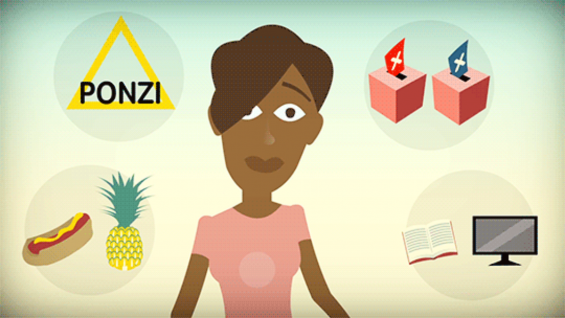
A guide for using TED-Ed in your chemistry classroom
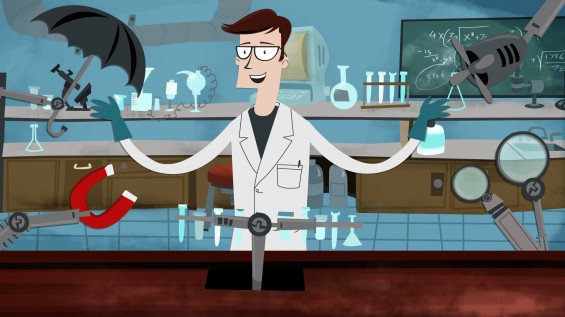
TED-Ed producers, animators and educators are curious about how video content is used in the classroom. How can these lessons be useful to students and teachers, and how does the content fit into curriculum? We asked current chemistry teacher and former biology teacher Pamela Yang, from Amador Valley High School in California, how she might use the TED-Ed chemistry series Actions and Reactions in her high school chemistry classroom. Here are her tips for chemistry (and biology) teachers and learners interested in using TED-Ed in the classroom.
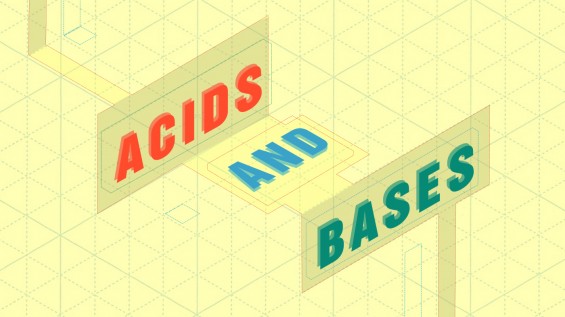
Acids and bases
I would use this lesson on The strengths and weaknesses of acids and bases to give my students a basic (…get it?) understanding of acids and bases. It would be a good introduction to this topic and connects to a wider discussion on atoms.
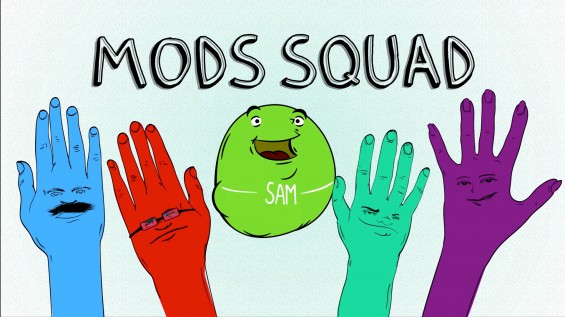
Activation Energy
Activation Energy: Kickstarting chemical reactions could be used for introducing activation energy, but it could also be used for talking about enzymes and the rate of reaction in organic molecules (I think this lesson could be useful for those teaching or studying biology as well).
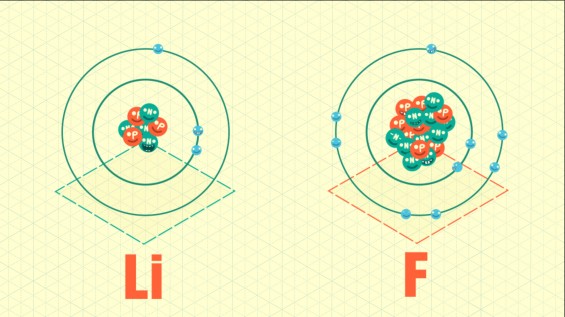
Atomic structure
I would use this lesson about The Uncertain location of electrons to teach about the structure of the atom. I would also use the portion about the electron location to present the Heisenberg Uncertainty Principle.
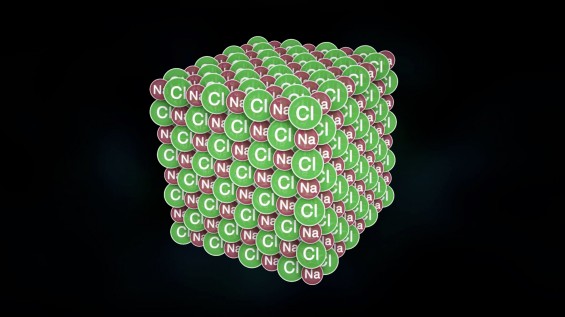
Atoms: Ionic and covalent bonding
How atoms bond is a nice visual tool for understanding ionic and covalent bonding. It provides a good comparison of the two types of bonds. So I would use it either to introduce the two types of bonds or in the middle of the unit to compare and contrast the two types of bonds.
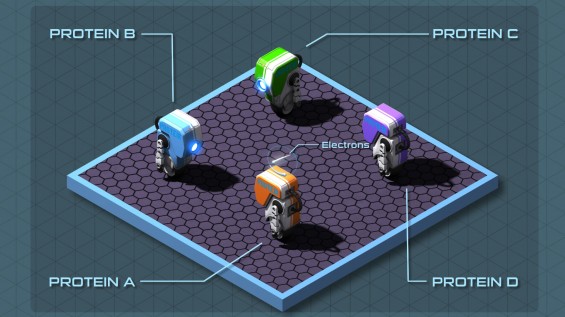
Biochemistry
I would most likely use The operating system of life as part of a biology class on the cell and functions of the different organelles.
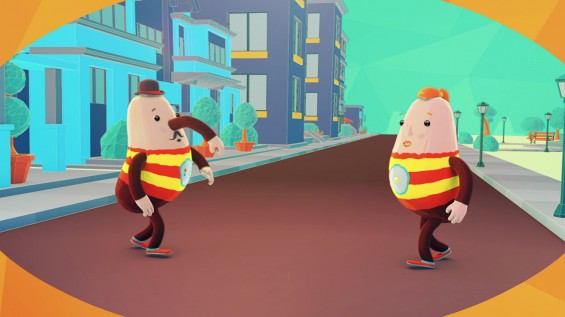
Chemical equilibrium
I would use If molecules were people to talk about chemical equilibrium. It would be nice if there were a follow-up video to talk about how equilibrium changes when a variable, such as temperature or pressure, is changed.
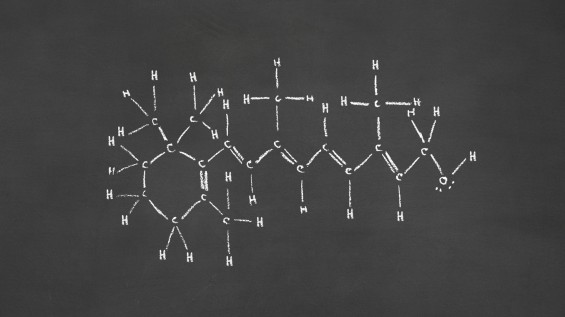
Molecular shape
What is the shape of a molecule? discusses molecular shape, so it would be useful as part of a lesson about covalent bonds, particularly with VS=PR.
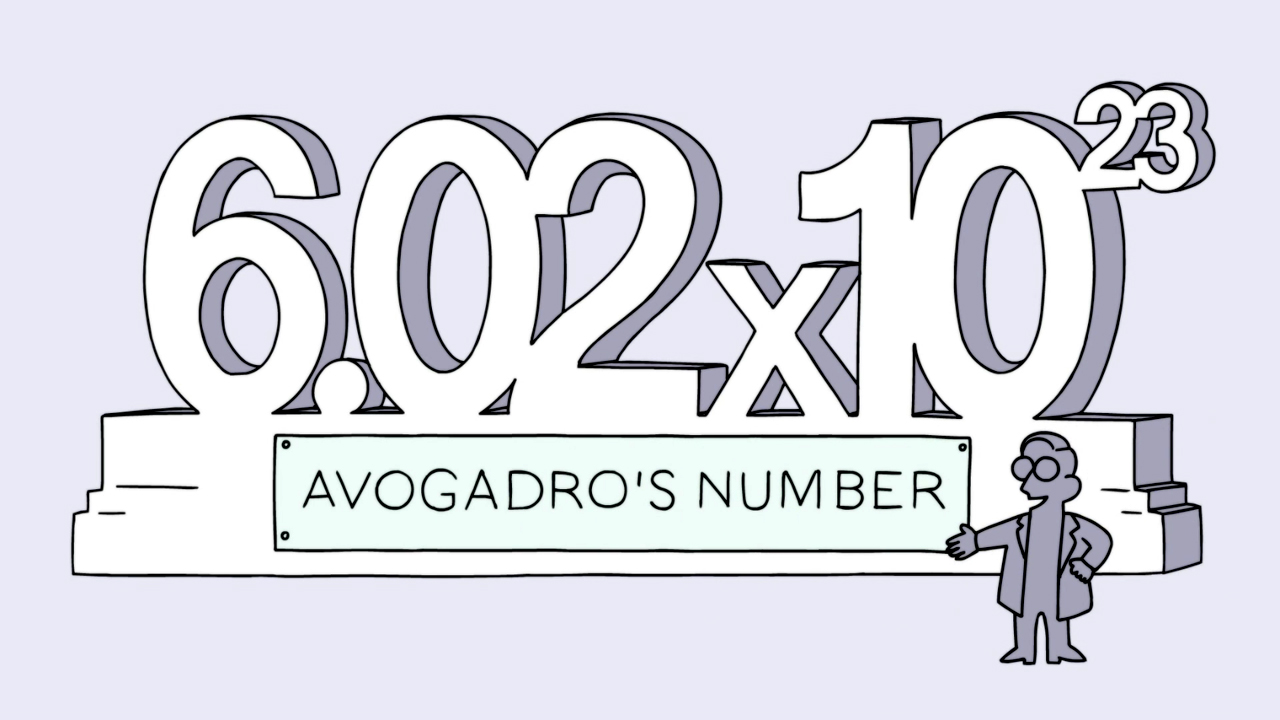
Mole Day
I used How Big is a Mole this year to introduce the concept of a mole on Mole Day!
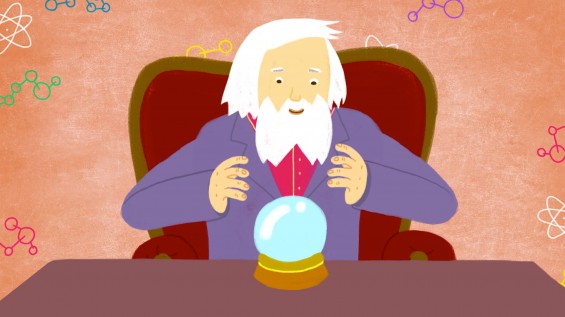
Periodic Table
I’ve used Solving the Puzzle of the Periodic Table to introduce the periodic table to my students. I also used The Genius of Mendeleev’s Periodic Table on the same day.
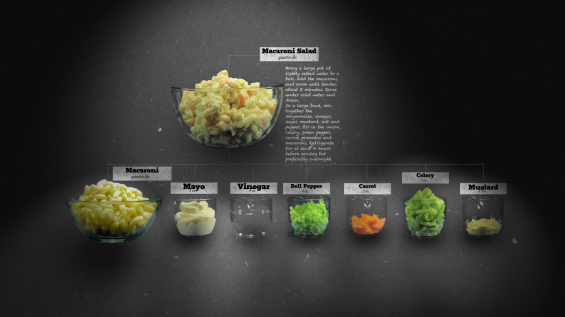
Physical versus chemical change
I would use The Science of Macaroni Salad: What’s in a mixture? while teaching different types of matter and physical versus chemical changes. I would probably use this video in conjunction with The Chemistry of Cookies, since one shows a physical change and the other shows a chemical change.
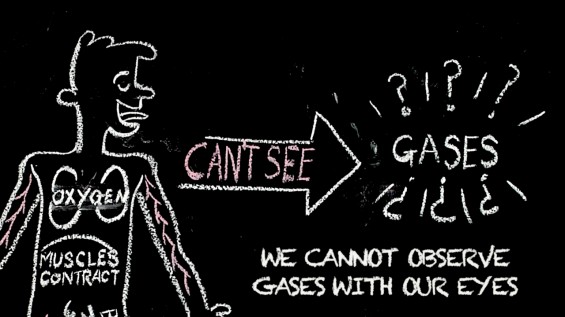
Properties of gas
You could use Describing the Invisible Properties of Gases to talk about the properties of gases and their behavior.
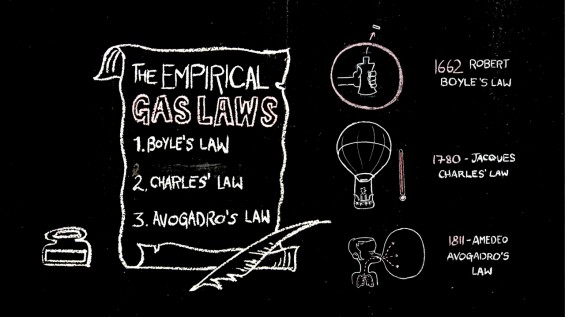
PV=nRT
I would use the The ABCs of gas: Avogadro, Boyle, Charles to talk about how temperature, volume, pressure, and moles of gases are related, introducing PV=nRT.
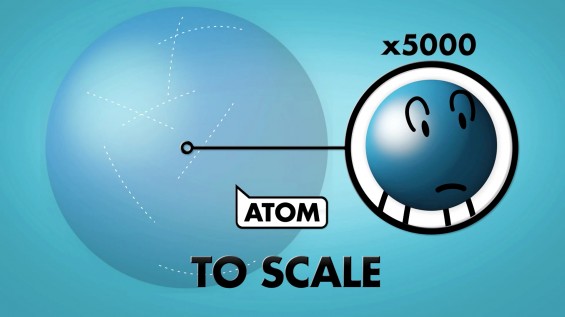
Radioactivity
I would use Radioactivity: expect the unexpected to talk about radioactivity. It shows how elements can change into other elements under some circumstances and the benefits and damage due to radioactive change.
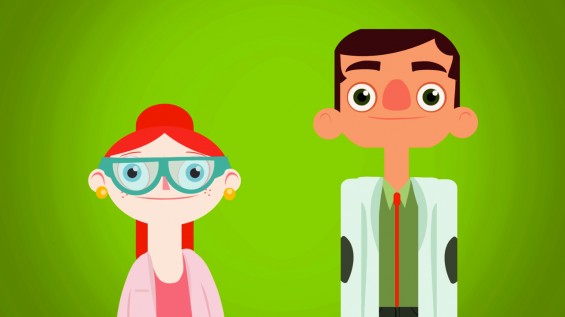
Rate of chemical reactions
I would use How to Speed Up Chemical Reactions to talk about the rate of reactions. It’s a relatable lesson for students!
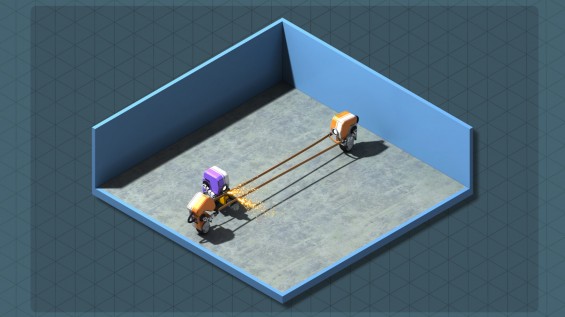
Thermodynamics and temperature
All of the energy in the universe is… is a lesson that could be used to talk about temperature or thermodynamics.
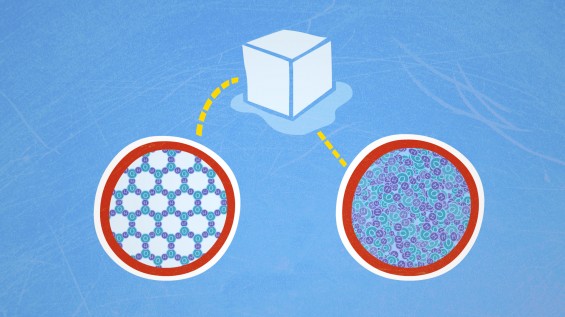
Water polarity and density
Why does ice float in water? would be good for describing states of matter and how density changes in different states. I might also use this lesson when talking about the polarity of water and hydrogen bonding.
If you are a teacher and would like to work with TED-Ed on developing a brief guide that could be helpful for the TED-Ed community, please feel free to email us at education@ted.com!
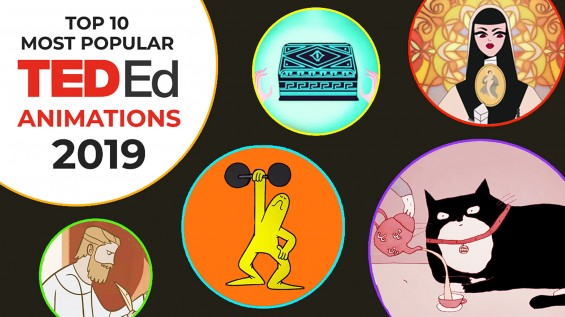

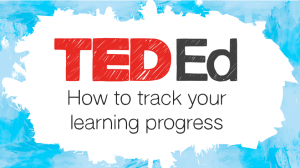
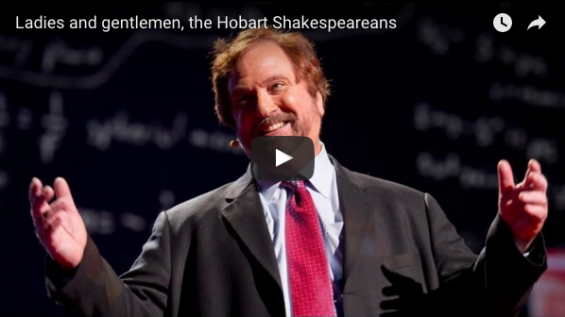
These cartoons are excellent for helping students visualize the unseen, a big part of introductory chemistry, as well as engaging them with short narratives. I have used most of the animations above in my class and consider them a valuable resource to share with students.
I regularly used TedEd videos in my 9th grade Physical Science classroom this year, including many of the videos listed above. I found the videos to be an excellent bridge between content and application of big ideas, and the cartoon context gives it an entertaining quality that students enjoy. In many cases, when students were asked to explain a concept, they would reference something from one of the TedEd videos. The videos were also great conversation starters and led to many “what if” or “how come” questions that otherwise may not have occurred. I will be teaching Biology this year, and have already started compiling my TedEd video list for this course! Thanks for providing such great resources!
I regularly used TedEd videos in my 9th grade Physical Science classroom this year, including many of the videos listed above. I found the videos to be an excellent bridge between content and application of big ideas, and the cartoon context gives it an entertaining quality that students enjoy.
I regularly used TedEd videos in my 9th grade Physical Science classroom this year, including many of the videos listed above. I found the videos to be an excellent bridge between content and application of big ideas, and the cartoon context gives it an entertaining quality that students enjoy. this vedio is help for me and many different ideas came into my mind
thanks from the best university in UAE
I have used most of the animations above in my class and consider them a valuable resource to share with students
found the videos to be an excellent bridge between content and application of big ideas
excellent and very helpful, thank you team.